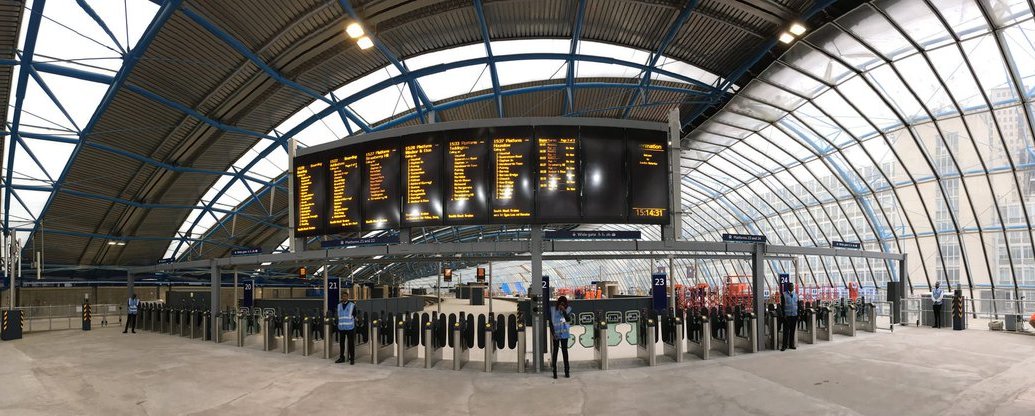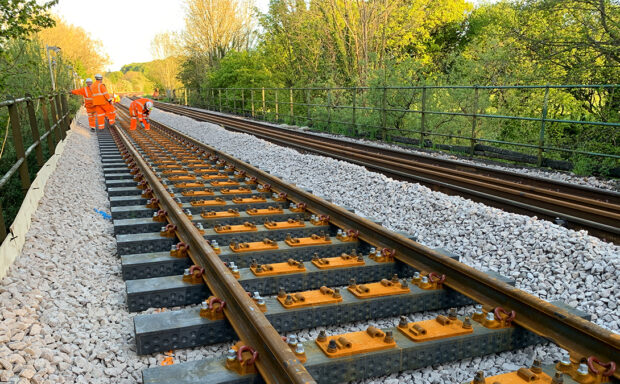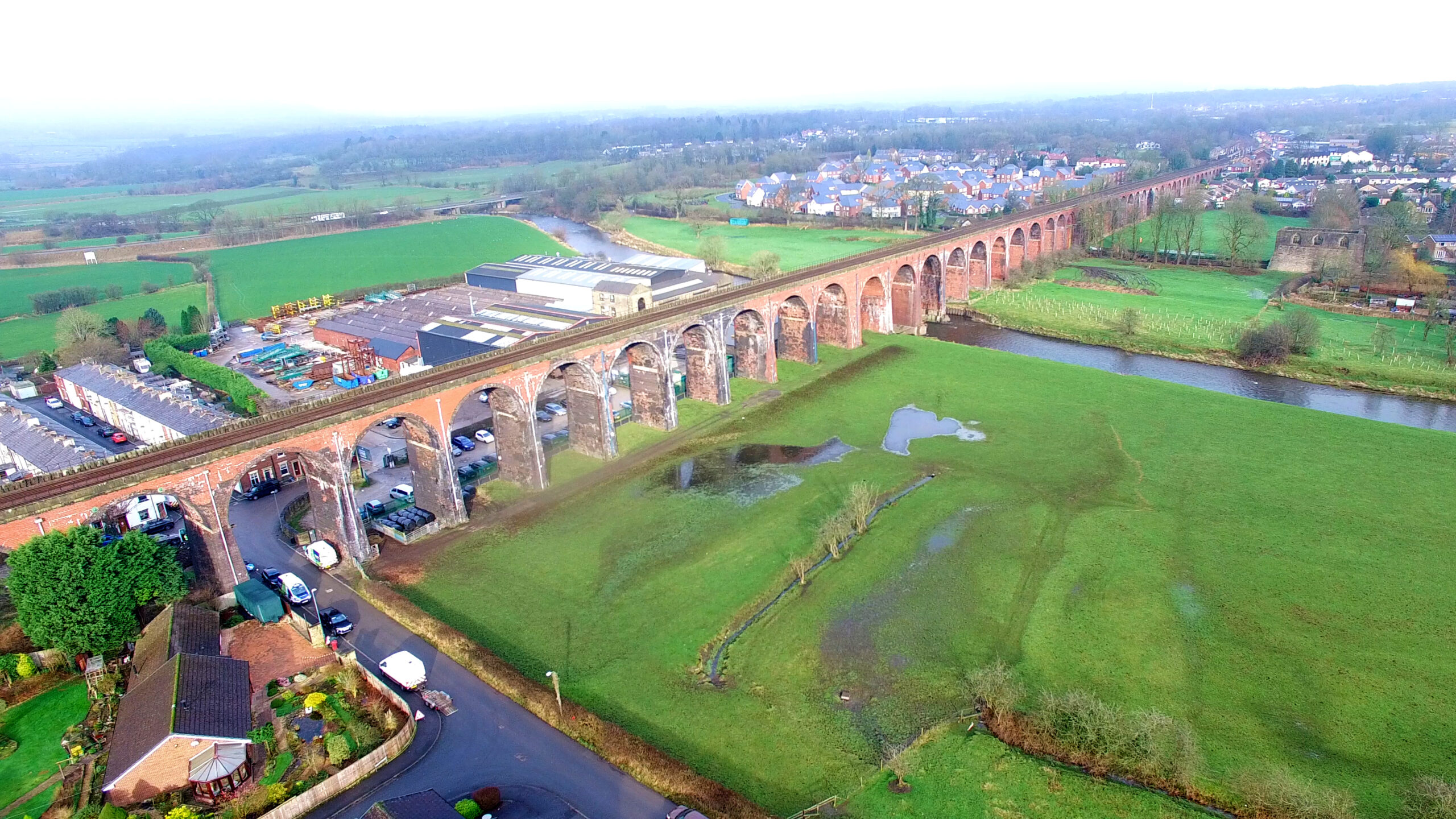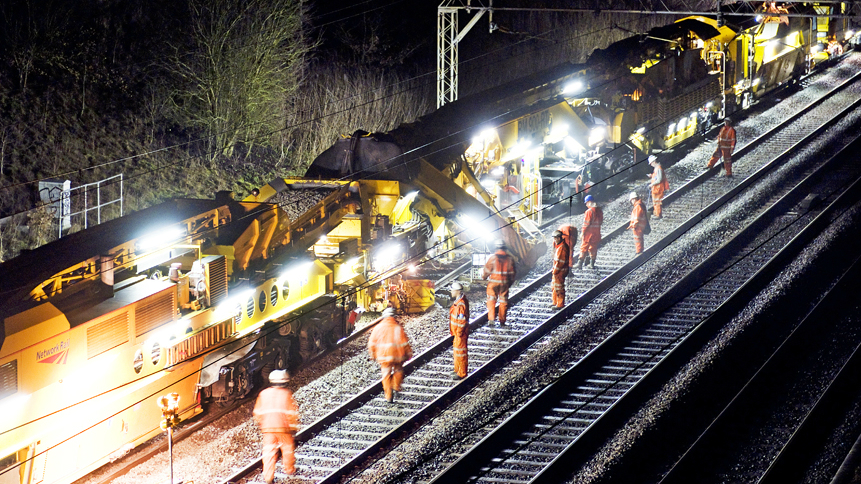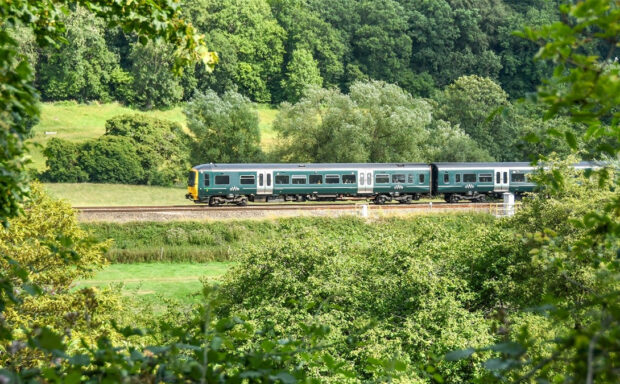London Waterloo – Britain’s oldest and busiest railway station – turned 170 years old on 11 July.
We look back at its history, from opening day to the gateway to Europe and its £800m upgrade.
Early history
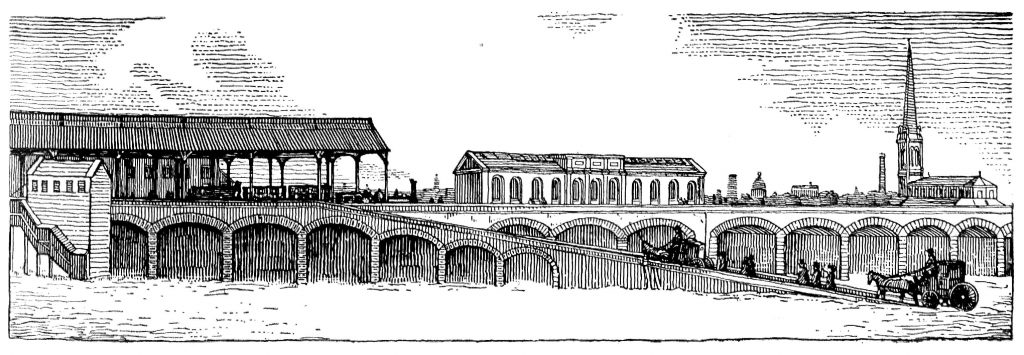
The first railway station on the site of the modern London Waterloo opened in 1848 as Waterloo Bridge. Run by the London & South Western Railway, it had six platforms and replaced an earlier terminus for the London & Southampton Railway at Nine Elms. From its earliest days the station was popular with race goers travelling to Epsom; the station’s opening date in 1848 was brought forward by a week so passengers could travel to the Derby by rail for the first time.
London Necropolis
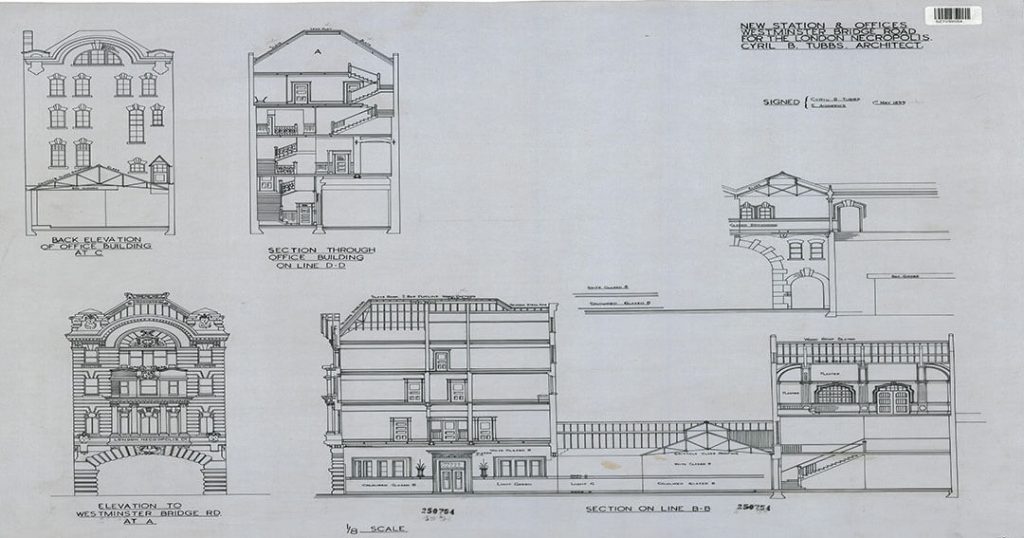
Waterloo had its own station dedicated to the funeral industry – from 1854 it provided the terminus of the London Necropolis Company. The small, private station accommodated mourners and held funeral services before coffins were transported for burial at Brookwood Cemetery in Surrey. The original station building was demolished in 1902 to make way for the expansion of Waterloo; its successor was destroyed during an air raid in 1941 and never rebuilt.
The Great Transformation
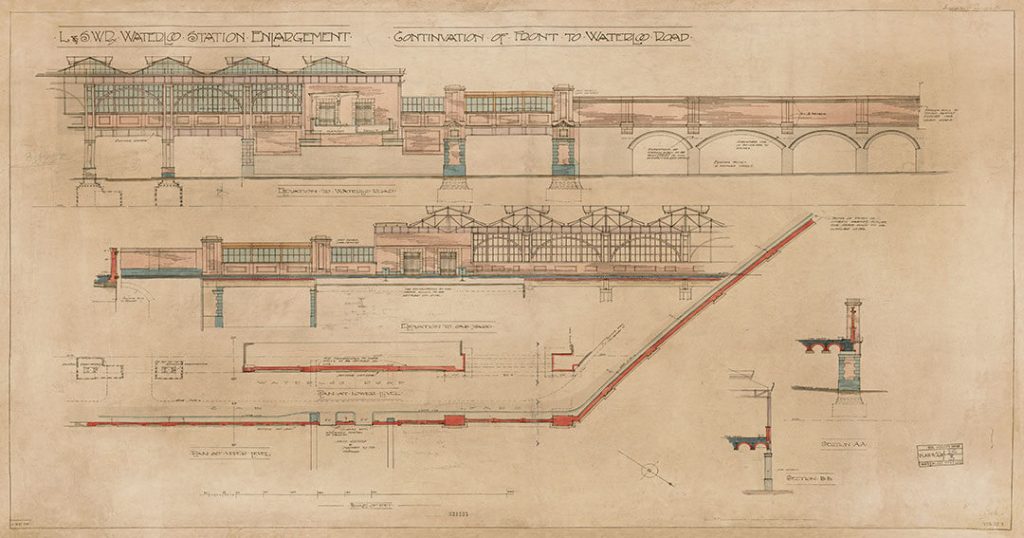
In 1899 London & South Western Railway sought permission to completely rebuild and expand the station. Over the next 20 years, Waterloo became the spacious station we see today. With a large open concourse and all platforms under a huge ridge-and-furrow roof it became light and airy compared with the dark maze it had been.
Link with the Underground
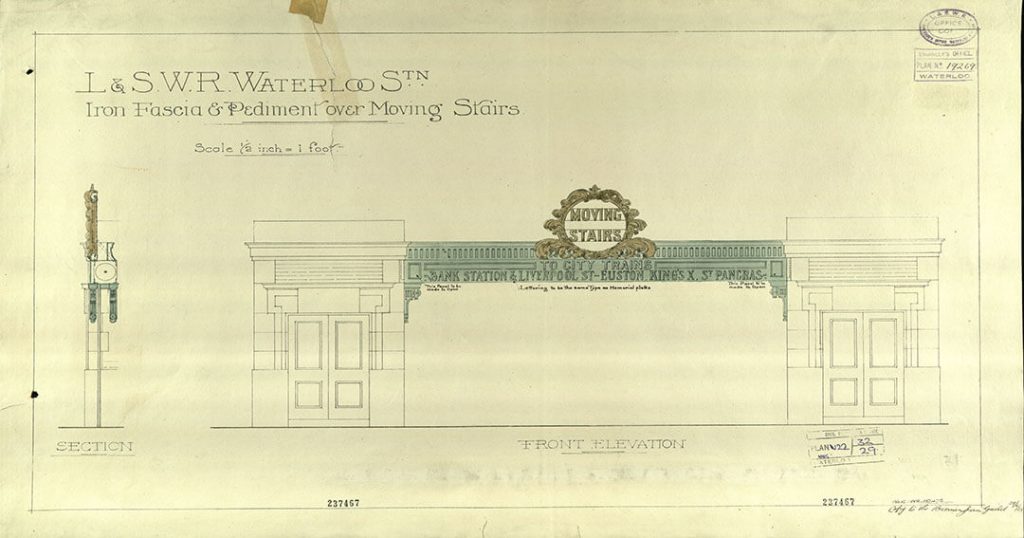
WWI and the Victory Arch
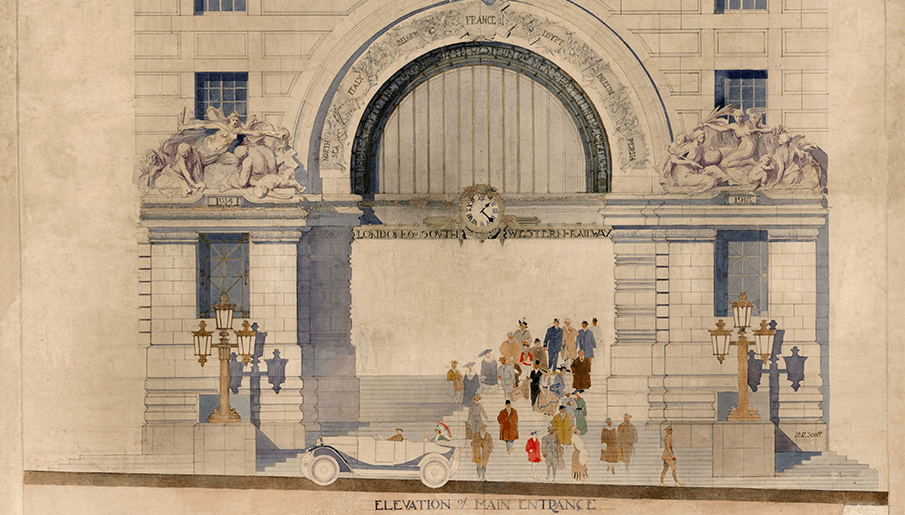
Large numbers of servicemen passed through the station during the First World War and volunteers ran a 24-hour free buffet under platform 12 to feed them. As a memorial to staff who died in the war, the London & South Western Railway commissioned the Victory Arch, which today forms the main entrance to Waterloo station on York Road. It depicts the goddess of war over the date 1914 and the goddess of peace above the date 1918. Around the arch are the names of the major fields of battle. Britannia holds the torch of liberty above.
WWII
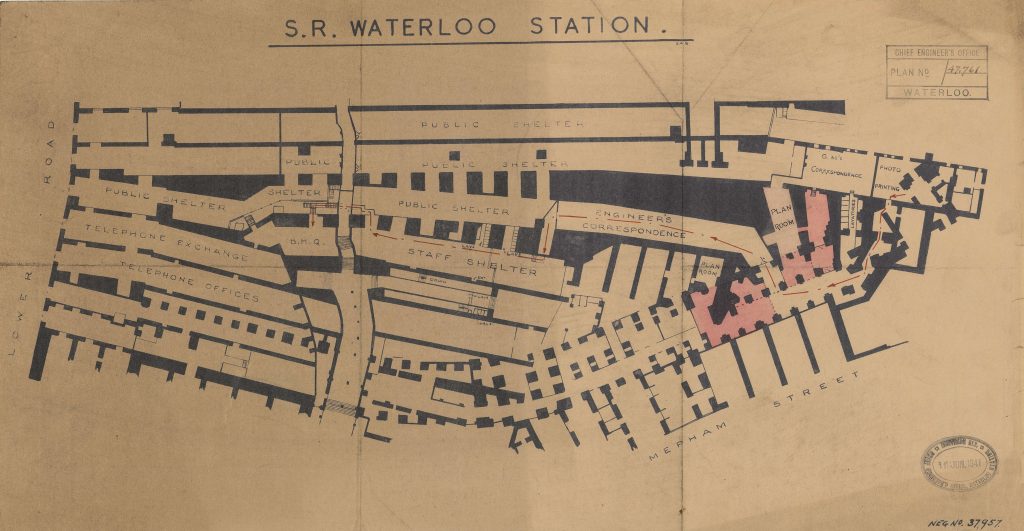
At the start of the Second World War, almost 5,000 children a day evacuated from the capital to the countryside via Waterloo while the station’s tunnels and arches underneath the platforms acted as shelters. The station was once again a major terminus for the armed forces as they made their way to and from the camps, ports and airfields on the south coast.
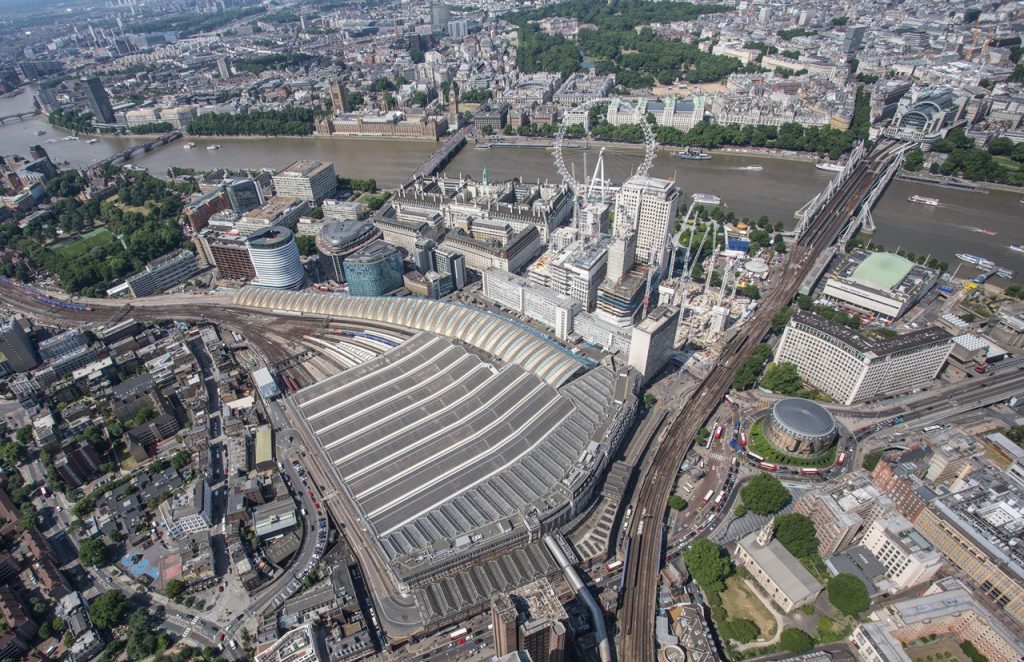
The station remained largely unchanged until the early 1990s when platforms 20 and 21 were demolished to make way for Waterloo International. Opened in 1994, this was the terminus for Eurostar services running through the new Channel Tunnel to the continent. However, on completion of the new high speed line in 2007, Eurostar moved to St Pancras and the international platforms at Waterloo closed. They were used temporarily during Waterloo’s upgrade.
Waterloo International lay empty following Eurostar’s move to St Pancras International…
Major upgrades
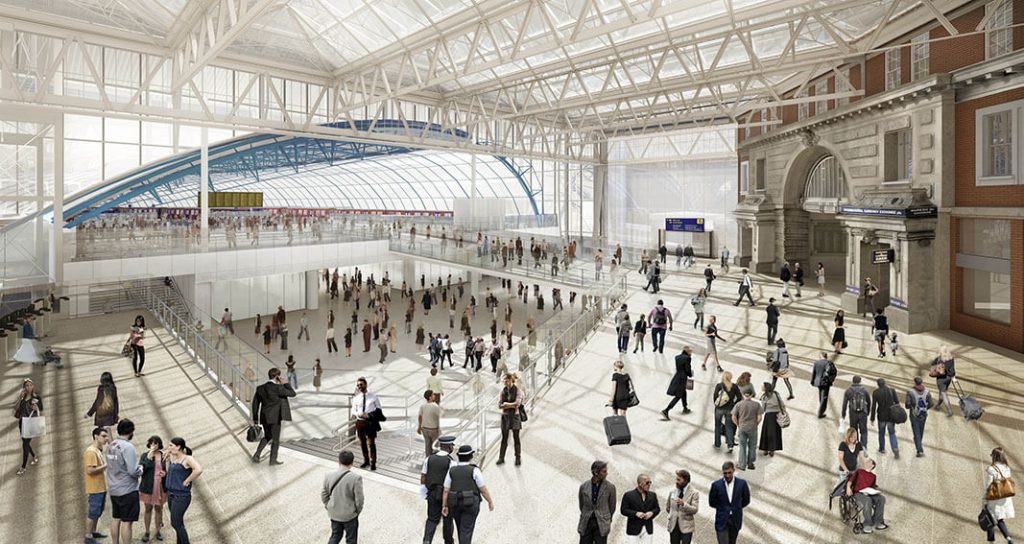
Work on the £800m Waterloo and South West upgrade started in April 2016 when Network Rail began redeveloping the former international terminal for domestic services. The station’s biggest upgrade since the 1930s involves bringing the former international platforms 20 to 24 back into use with modern facilities, new track and signalling, and a modern, accessible concourse meeting the needs of thousands of passengers. Platforms 20 to 24 will be integrated with the main station and reopened for permanent use in December 2018.
